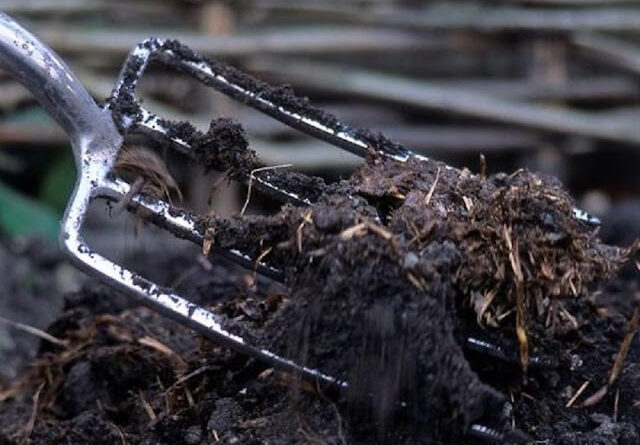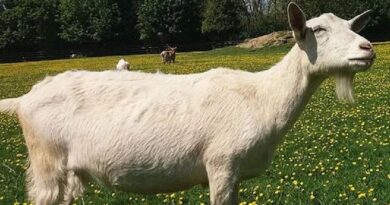Bulky Vs Concentrated Organic Manure
Bulky Vs Concentrated Organic Manure: Know more about the critical difference between Bulky & Concentrated Organic Manure:
Organic manures are derived from biological sources like plants, animals, and human residues. These organic manures contain low amounts of plant nutrients, but organic matter, other than nutrients, is present in large quantities, hence the name bulky organic manures. Oil cakes are most widely used among various bulky organic manures, farmyard manure, compost, green manures, and concentrated manures.
A. Bulky Organic Manures
1. Farmyard manure
Farmyard manure is a decomposed mixture of cattle dung and urine with straw and litter used as bedding material and residues from the fodder fed to cattle.
The waste material of cattle sheds, consisting of dung and urine soaked in the refuse of the shed, is collected daily and placed in trenches about 6 meters long, 2 meters wide, and 1 meter deep. Each trench is filled up to a height of about 0.5 meters above the ground level and plastered over with a slurry of cow dung and earth. The material is allowed to decompose undisturbed for 3-4 months for anaerobic microorganisms to complete fermentation.
Farmyard manures become ready to apply after 3-4 months. It is spread evenly over the field 4-6 weeks before the sowing, mixed with the soil by hand hoe or cultivator. Well-rotted farmyard manure contains 0.5% N, 0.2% P205, and 0.5% K2O. Animal and cow dung from biogas plants are also utilized similarly.
2. Compost;
Large quantities of waste material are available as vegetable refuse, farm litter such as weeds, stubble, bhusa, sugarcane trash, sewage sludge and animal wastes in houses and of areas like human and industrial refuse, town refuse, excreta can be converted into useful compost manure by conserving and subjecting them to a controlled process of anaerobic decomposition
The waste material is collected and stored in a trench 5 meters long, 1.6 meters wide, and 1 meter deep. The accumulated refuse is mixed well and spread in a thin layer 30 cm thick on the floor of the trench. The layers are moistened by sprinkling a slurry of cow dung and earth mixture. Repeat the process till the heap rises to a height of 0.5 meters above the ground level. The top is covered by a thin plaster of earth and dung. Left undisturbed for rolling! (anaerobic decomposition) for 3 to 4 months. Compost is used in the same way as farmyard manure and is good for application to all soils and all crops.
3. Green manures
Green manuring is another useful method of adding organic matter to the soil. Legume crops such as sunn hemp, dhaincha, berseem, Kudzu vine, cowpea, and the leaves of bushes and trees are buried in the soil and allowed to decompose in the field. The green manure crop supplies organic matter, improves the physical structure of the soil, and maintains the fertility. On average, a legume crop producing 10 tons of green matter per hectare will add about 35 kg of nitrogen when ploughed under. During decomposition, numerous macro- and microorganisms act upon the organic material and develop a well-balanced soil biota that not only supplies the plant nutrients but also releases many fixed minerals (solubilized) in soil solution. It increases water holding capacity and organic colloids in the soil so that nutrient adsorption surfaces are increased and their loss is minimized.
B. Concentrated organic Manures
Concentrated organic manures are the byproduct of animal or plant industries, which are organic and contain a higher percentage of major plant nutrients, N, P, and K, compared to bulky organic manures.
The common concentrated organic manures are oil cakes, bone meal, blood meal, fish manures, meat meal, etc. The oil cakes are a byproduct of oil industries that are used as concentrated organic manures to a large extent. These have comparatively high nutrient content, e.g., groundnut cake, til cake, mustard cake, castor cake, neem cake, and mahua cake. They are fairly quick-acting manures that are applied well before a crop is sown.
A variety of products of animal origin are used for concentrated organic manure. The most common ones are derived from animal carcasses or products of slaughterhouses, viz, dried blood, meat meal, horn and hoof meal, etc. It is used in the same way as oil cakes are used.



